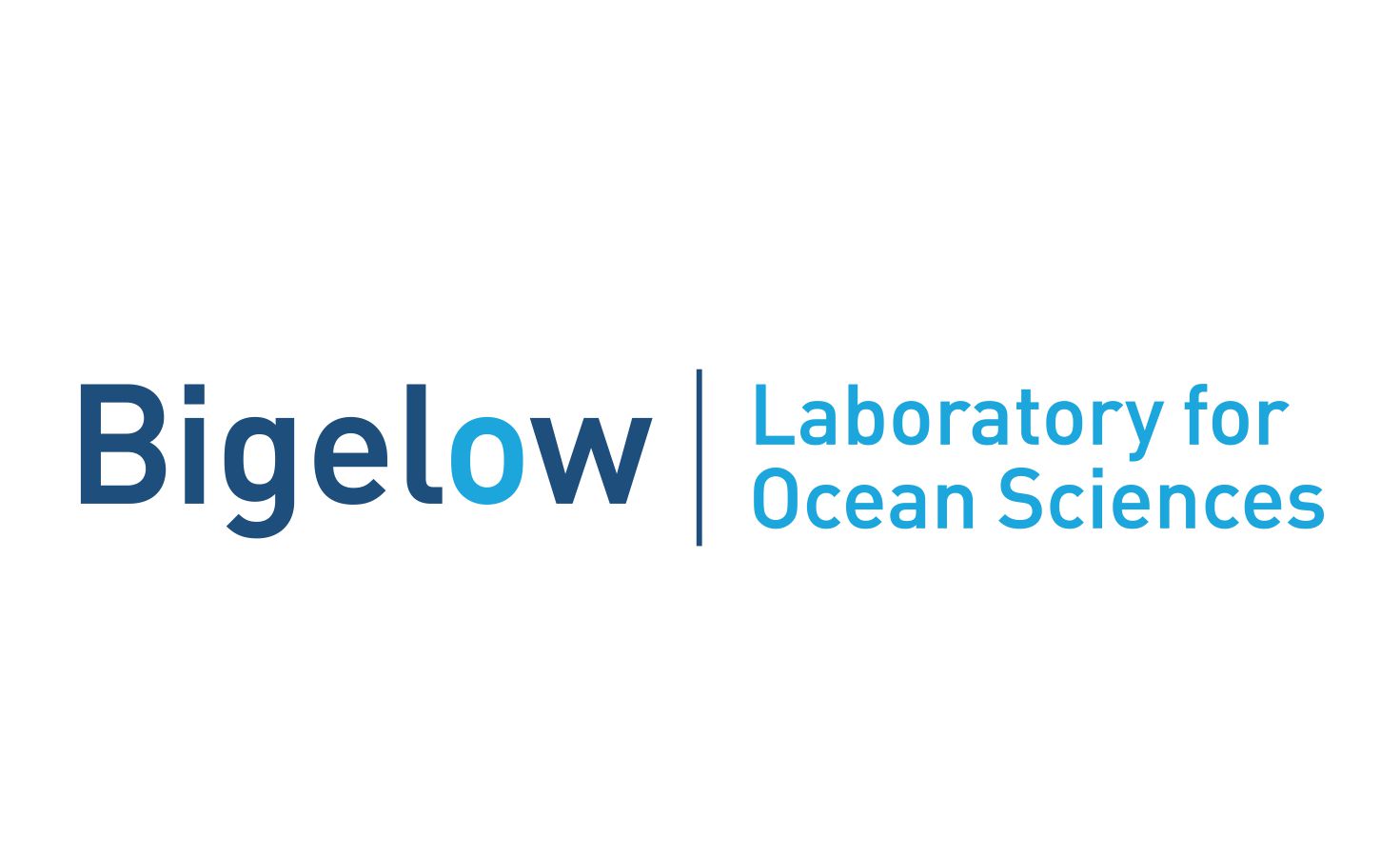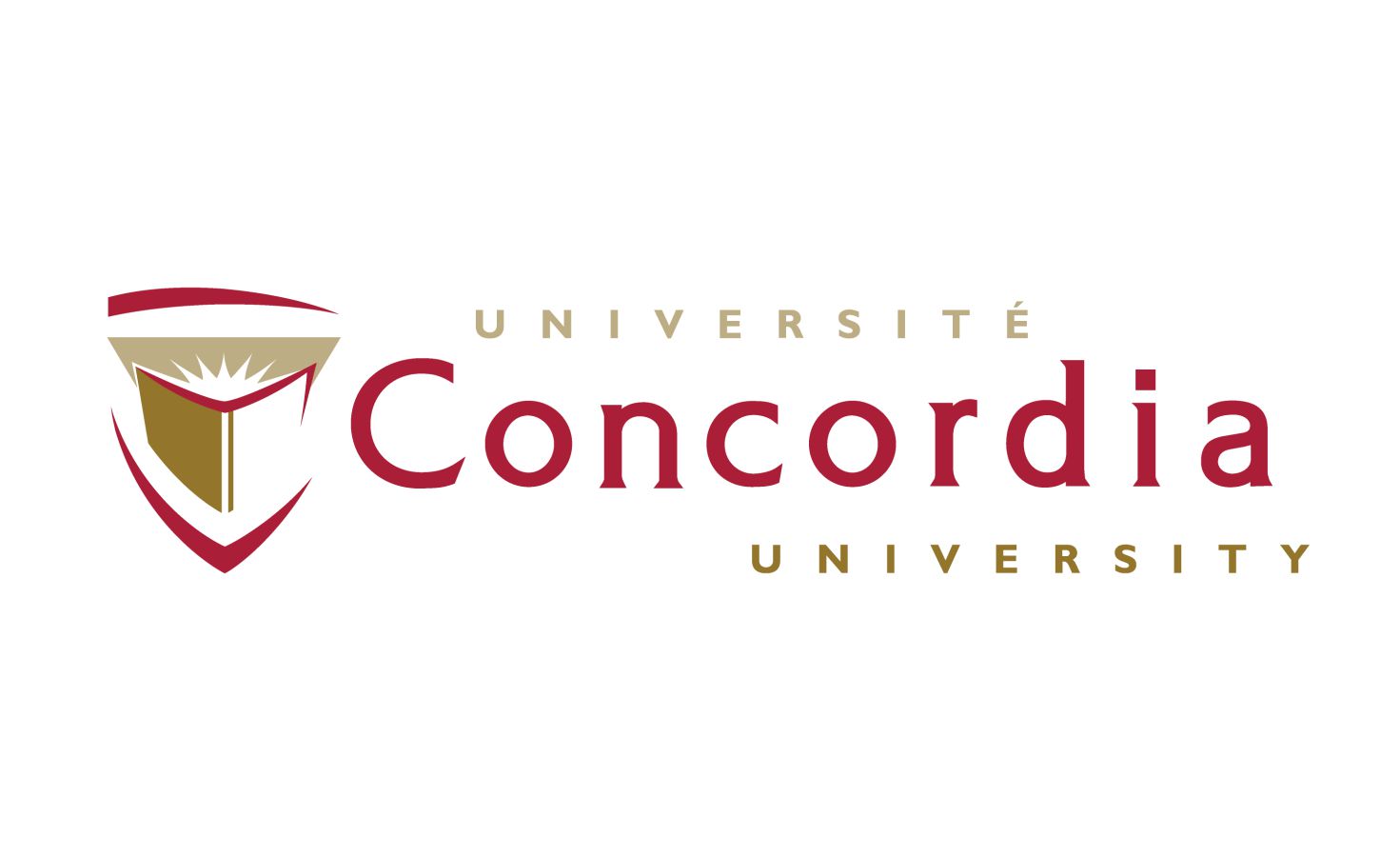Our Projects
The goals of the CEMOR consortium are:
- To better understand the behavior of oil at sea
- To develop methods to respond to oil spills
- To train the next generation of researchers to tackle oil spills and spills of other contaminants of concern
- To train coastal communities, especially underrepresented and indigenous groups
Pioneering Innovation for a Sustainable Future
Discover our diverse range of projects, each uniquely tailored to address critical challenges and push the boundaries of knowledge and technology. Spanning from environmental solutions to technological breakthroughs, our work is dedicated to creating impactful change and advancing human potential.
1. Emulsification
Objective & Scope:
To improve the understanding of oil emulsification, and to develop physically-based models that could be used to predict oil emulsification under a variety of real world situations.
Mesoscale Experiments will be conducted at NJIT and JHU, where the oil on the water surface is subjected to photooxidation, waves, and sea currents. The project leverages NJIT's automated mesocosm for generating emulsions and JHU's 25-meter wave tank for assessing shear impact on oil emulsions.
Chemical Analysis & Collaborations:
- Comprehensive Oil Chemistry Characterization: In-depth analysis using SARA, GC-MS, and FITR, especially focusing on oxygen- and sulfur-containing species in crude oils and their photooxidized derivatives.
- Advanced Analysis: Dr. Graham George University of Saskatchewan will lead chemical analysis conducted at the Canadian Light Source and Stanford Synchrotron Light Source.
Goals & Expected Outcomes:
- Refined Emulsification Understanding: The project aims to quantitatively assess the effect of dispersants on emulsion breakup and the evolution of emulsion structure and viscosity.
- Dynamic Modeling Approach: Development of a dynamic, population-based model for water and air bubbles in oil, inspired by the VDROP model, to simulate the behavior of oil droplets and gas bubbles in water.
2. Modeling Photooxidation
Objectives: The primary objective of this project is to develop a detailed, step-by-step validated model that elucidates the interaction of photons with oil components, leading to the formation of oxygenated compounds. This project is pioneering in its approach to measure these compounds, a process that has not been undertaken before, to validate the model's underlying assumptions.
- Interaction Analysis: The model will closely examine how photons interact with various oil components, mapping out the intricate process leading to the formation of oxygenated compounds.
- Experimental Validation: Unprecedented measurement of these newly formed compounds to confirm and refine the model's accuracy.
- Integration with Emulsion Prediction Models: The developed model will serve as a vital input for improving existing models that predict oil emulsion behavior. With an extensive array of experimental data on oil chemistry generated in this project, there is a unique opportunity to Identify Demulsifiers, which are critical intermediates in the process of oil photooxidation.
3. Formation and Fragmentation of Oil Particle Aggregates
Discovery & Collaboration: This project builds on the prior discovery by CEMOR researchers that particles do not merely deposit on the surface of oil droplets but penetrate them like projectiles. The goal is to improve existing oil particle aggregate (OPA) models and account for the breakup of OPAs, especially those formed by weathered oils.
- Laboratory Flask Experiments: The project will conduct experiments in laboratory flasks to assess how oil chemistry, including photooxidation, affects OPA formation and fragmentation.
- Microfluidics Visualization: Microfluidics chambers will be employed to provide visual insights into the complex interaction process.
4. Oil Dispersion from Blowouts
Experimental Focus: The combined release of oil and gas from a blowout could result in the so-called “churn flow” whereby the oil and gas tumble in the pipe prior to release to sea. There is no theory for predicting the oil droplet size distribution from a churn flow system.
- Experiments will be conducted at Johns Hopkins University within the laboratory of Dr. Joseph Katz. The experiments will also consider the impact of dispersant. Measurements of oil droplets and hydrodynamics will be obtained using high resolution instruments (measurements down to a micron, which is 1% of a hair thickness).
Modeling:: High definition CFD models will be used to interpret the results. The engineering-type model for prediction of oil droplets from a blowout will be amended to account for churn flow.
5. Scenarios of Release for Risk Assessment
Objectives: Existing models used in oil spill risk assessments like DEEPMAP (from RPS inc), OSCAR (from Sintef, Norway), and Texas A&M Oilspill Calculator (TAMOC) have limitations in capturing cross flow plumes effectively. This project seeks to address these limitations and enhance our understanding of large-scale release scenarios.
The project team will also explore the influence of cross flow, supported by data collected by the NJIT team at Ohmsett in 2019.
- Enhanced Plume Transport Understanding: The project aims to provide a deeper insight into the role of droplets, gas, and subsurface dispersant additions on plume transport during large-scale releases.
- Dynamic Model Coupling: A dynamic coupling between VDROP-J and TAMOC will be implemented to assess how droplets and bubbles impact plume trajectory.
- Cross Flow Considerations: Cross flow simulations from TAMOC will be incorporated to account for potential blowouts in estuaries. Experimental results from cross flow at the Ohmsett facility will be used to further calibrate TAMOC.
6: Multiscale Three-Dimensional Oil Spill Model
Objective & Significance: This project aims to develop an advanced public domain, three-dimensional oil spill model with the potential to be adopted by the oil spill response community within Canada. The model's significance lies in its inclusion of data metrics specific to the Canadian environment and its capacity to support decision making associated with oil spill prevention and mitigation.
- Meter Scale Calibration: The model will be meticulously calibrated at various scales, starting from the meter scale, leveraging the work of CEMOR and prior research by its dedicated team. Additionally, it will draw insights from published data in respected journals such as "Marine Pollution Bulletin" and "Environmental Science and Technology."
- Incorporation of Leading Models: The model will incorporate cutting-edge models, including VDROP-J and TAMOC, which represent the forefront of knowledge in underwater oil and gas release simulations. TAMOC, in particular, excels in accounting for 320 oil components under diverse pressures and temperatures.
Advanced Development: The development of this three-dimensional oil spill model is led by Dr. Chen, Concordia University. The project aims to parameterize the findings and models to the meso-scale, spanning tens of kilometers. This opportunity is unique for a Canadian university and holds the potential to yield a validated oil spill model for use by the Canadian Government and private oil spill response agencies engaged in the prevention and mitigation of oil spills.

















